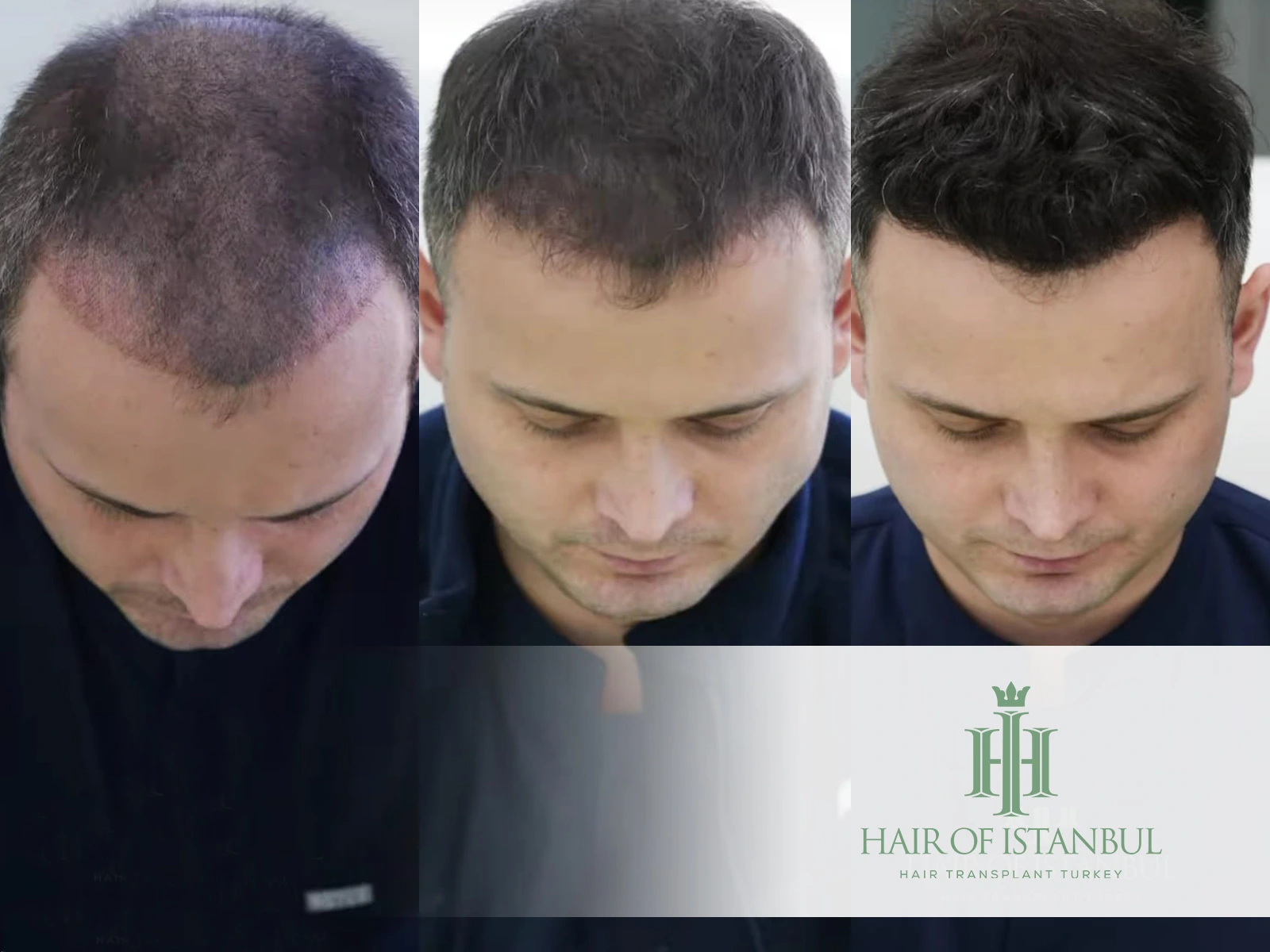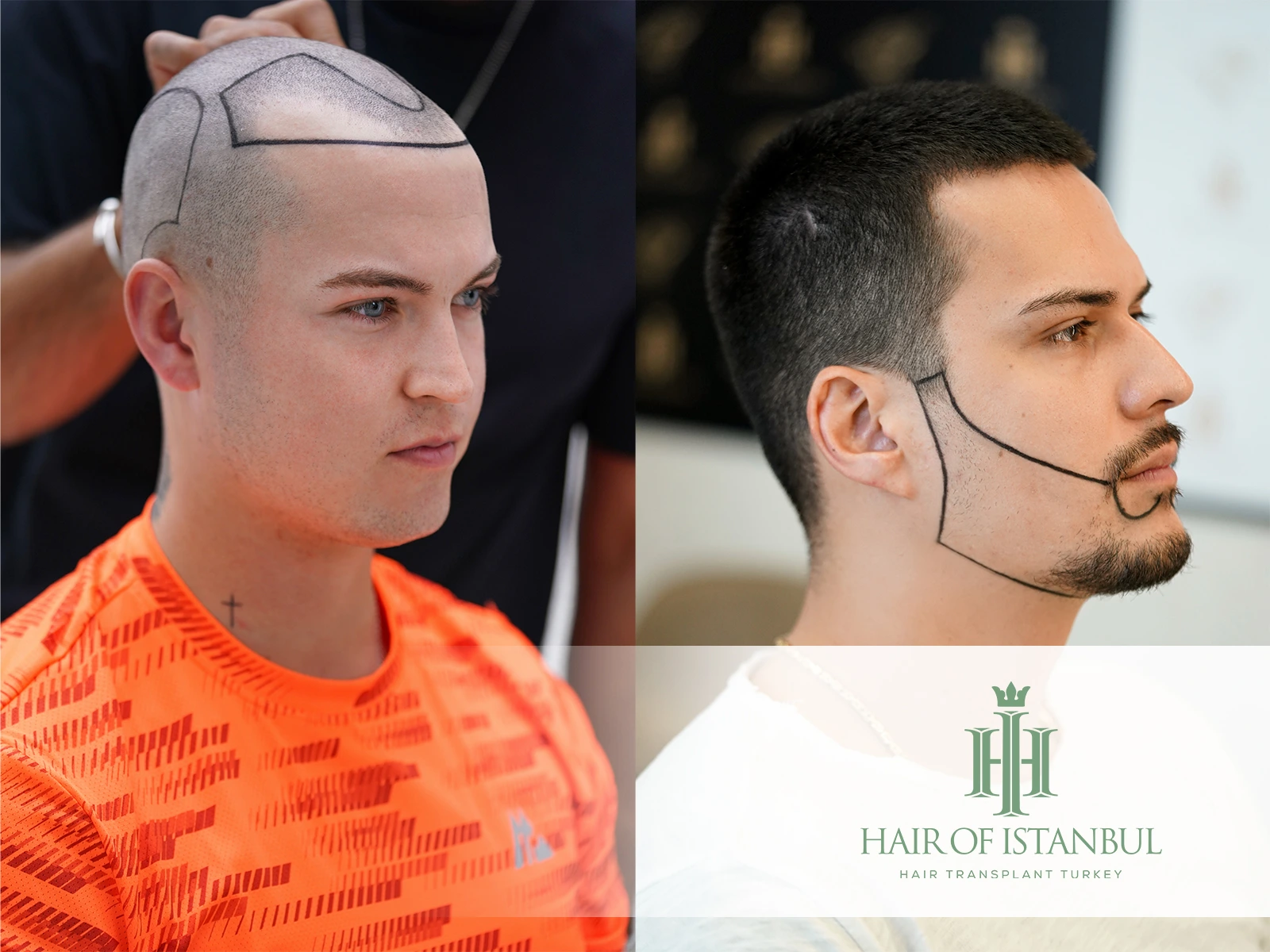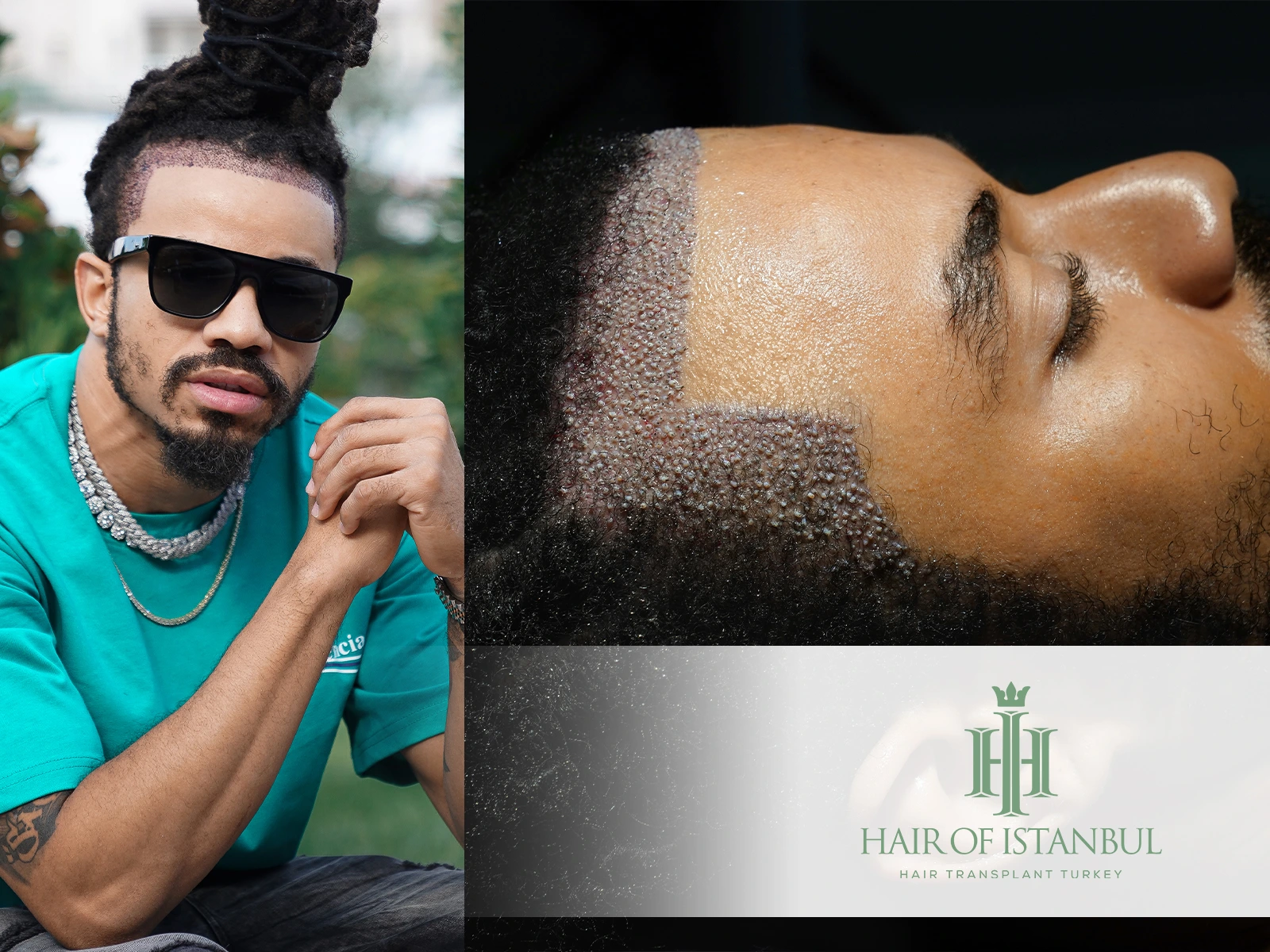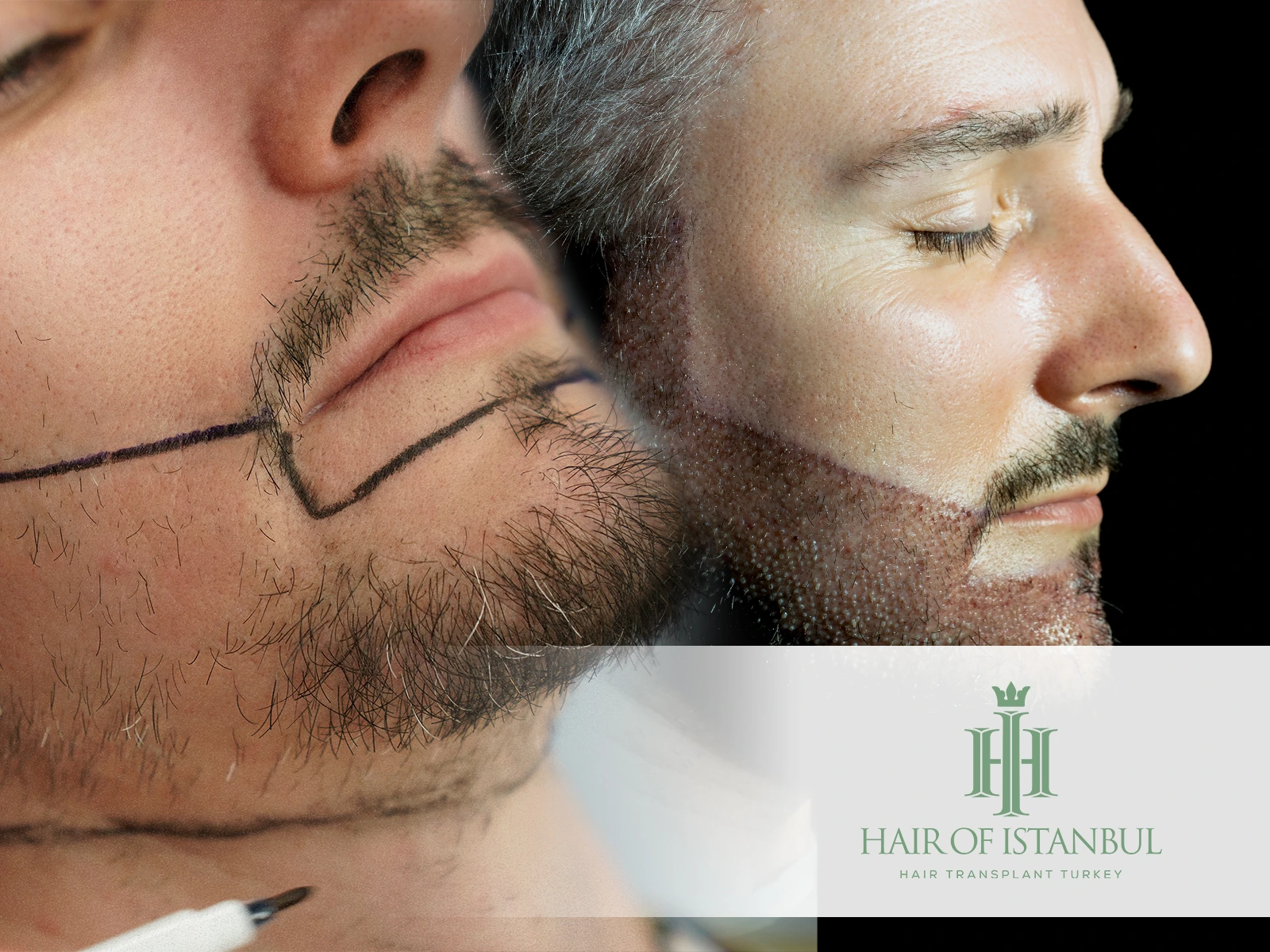How Syphilis Causes Hair Loss? Learn Its Effect and Treatment!
Hair loss can be a distressing symptom of various conditions, but did you know it can also be a sign of syphilis, a sexually transmitted infection? This article will delve into the intriguing link between syphilis and hair loss, exploring how this bacterial infection can lead to unusual patterns of baldness. We will also shed light on the treatment options available to reverse the hair loss caused by this disease. So in this article you will find answer for Syphilis causes hair loss.
As we unravel the mystery, you’ll gain a deeper understanding of the effects of syphilis on your body and how to manage its symptoms effectively. Get ready to embark on this informative journey about syphilis-induced hair loss!
What is a Syphilis Hair Problem?
Alopecia syphilis, also known as syphilitic alopecia, is a less common manifestation of secondary syphilis. Its prevalence fluctuates between 3% and 7%. This condition presents as a non-scarring type of hair loss that can appear in diverse patterns. Some people might witness a moth-eaten pattern, others a diffuse pattern, or a mix of both. [1]
Which STD Syphilis Causes Hair Loss?
Sexually transmitted infections (STIs), if left untreated, can cause hair loss. One such STI is syphilis. This bacterially induced disease can lead to patchy hair loss in untreated cases. The hair loss can manifest on various parts of the body including the scalp, eyebrows, and beard. [2]
Also Read: Hair Transplant Infection The Risks of Infected Follicles
Is Syphilis Hair Loss Permanent?
The good news for those experiencing hair loss due to syphilis is that it is not a permanent condition. The pathology of syphilitic alopecia involves the temporary disruption of hair follicles due to the infection. Once the infection is properly treated, the hair follicles can recover, and hair growth can resume.
Prompt treatment and management of the infection are vital to minimize the impact on hair health and to prevent other serious health complications.
Does Hair Loss from Syphilis Grow Back?
Indeed, hair loss resulting from syphilis is not a permanent condition. The body’s immune system plays a critical role in recovery. Once the immune system is back to its 100% functionality, following successful treatment of the infection, hair regrowth can be expected. [3]
The human body has an incredible ability to heal and restore itself, and this includes the regeneration of hair after syphilis-induced hair loss.
How Long Does Hair Loss from Syphilis Grow Back?
The treatment for hair loss resulting from syphilis focuses on addressing the primary cause – the bacterial infection. Antibiotic therapy with penicillin or doxycycline is initiated as soon as a diagnosis of syphilis is confirmed.
It’s important to note that hair regrowth doesn’t happen overnight. Patience is necessary during this period of recovery. Typically, complete hair regrowth occurs within a span of 3 to 6 months post-treatment. This timeframe can vary among individuals based on their overall health, age, and other factors. [4]
Therefore, maintaining a healthy lifestyle and following the prescribed treatment regimen can support the body in healing more effectively.
Also Read: Does Low Testosterone Cause Hair Loss? Here’s What to Do!
How Many Stages Does Syphilis Have?
Syphilis is a complex sexually transmitted infection that progresses through multiple stages if left untreated. Each stage has distinct symptoms and characteristics. Here’s a quick overview in tabular form:
| Primary Syphilis | This is the first stage, which typically begins with the appearance of a single sore, known as a chancre. The chancre is usually firm, round, and painless, and appears at the site where syphilis entered the body. It lasts 3 to 6 weeks and heals regardless of whether a person is treated or not. |
| Secondary Syphilis | If the infection is not treated, it progresses to the second stage, characterized by skin rashes and lesions in mucous membranes. This stage may also include symptoms such as fever, swollen lymph glands, sore throat, patchy hair loss, headaches, weight loss, muscle aches, and fatigue. |
| Latent Syphilis | In the latent stage, there are no visible symptoms, but the disease remains in the body. This stage can last for years. The latent stage is further divided into early and late latent syphilis. |
| Tertiary Syphilis | This is the most severe stage of syphilis. It can occur years or decades after the initial infection, and can result in damage to multiple organ systems, including the brain, nerves, eyes, heart, blood vessels, liver, bones, and joints. |
Early detection and treatment of syphilis is critical to prevent progression to later stages, which can lead to severe health complications.
What Stage of Syphilis Does Hair Loss Occur?
During the secondary stage of syphilis, a range of symptoms may become apparent as the bacterium spreads throughout the body. One of these manifestations can be hair loss, often occurring in irregular patches, a condition known as alopecia.
This type of hair loss is not exclusive to the scalp and can appear on other hair-bearing areas such as the eyebrows or beard. However, it’s important to remember that while this symptom is indicative of the disease’s progression, it’s not experienced by all individuals with syphilis.
Also Read: Does Vaping Cause Hair Loss? Separating Fact from Myth!
What Does Syphilis Look Like on the Scalp?
Syphilitic alopecia often presents as patchy hair loss, creating a “moth-eaten” appearance on the scalp and facial hair. In some cases, a condition known as telogen effluvium might be present, which leads to a general thinning of hair rather than distinctive patches of baldness. [5]
Additionally, syphilitic papules can appear, often forming a crown-like formation around the edge of the scalp, a pattern known as “corona veneris.”
Syphilis Hair Loss Pictures
Visual aids can be incredibly helpful in understanding the manifestation of diseases like syphilis. Images showing hair loss due to syphilis can provide a clearer idea of the moth-eaten appearance often associated with this condition.,
Also Read: Hair Transplant Trypophobia: Say Goodbye to Hole Fears Today!
Syphilis Hair Loss Symptoms
Syphilis can manifest in various ways on the scalp and hair during its secondary stage. Key symptoms often include a distinctive pattern of hair loss. Here’s a table outlining some of these symptoms:
| Patchy hair loss | Often described as a “moth-eaten” appearance, this involves irregular patches of baldness on the scalp or other areas of body hair. |
| Telogen effluvium | This is a general thinning of hair rather than distinct patches of baldness. It can occur due to the body’s response to the syphilis infection. |
| Syphilitic papules | These skin bumps can form a crown-like pattern around the edge of the scalp, known as “corona veneris.” |
Can Syphilis Hair Loss Be Cured?
Syphilis hair loss is indeed treatable and usually temporary. The key is to treat the underlying syphilis infection. Here’s a table outlining some common treatment methods:
| Antibiotic therapy | Penicillin is the most common treatment for syphilis at all stages. If allergic to penicillin, other antibiotics like doxycycline may be used. |
| Follow-up testing | Regular blood tests are required to ensure the infection has been completely eradicated. |
| Avoiding sexual contact | It’s crucial to avoid sexual contact until treatment is completed and tests confirm the infection is gone. |
CONCLUSION
As we’ve explored, the connection between syphilis and hair loss is more than a coincidence. This sexually transmitted infection, if left untreated, can lead to significant hair loss as a secondary symptom. The good news is, with proper treatment, this condition is reversible and your hair can grow back.
However, there might be instances where the hair loss has reached an irreversible stage. If you find yourself missing the days of a fuller head of hair, a viable option would be to consider a hair transplant procedure. This step should not be taken lightly and requires serious thought and consultation with a professional.
Should you decide to embark on this journey, Turkey is globally recognized as a leading country for such procedures. One clinic, in particular, stands out among the rest -. Known for its excellence in service, professional team, and high success rates, Hair of Istanbul could be the solution to regaining your crowning glory. Remember, every step taken towards recovery is a step towards a healthier, more confident you.
If you’re considering embarking on a hair restoration journey, Turkey is internationally renowned as a top destination for such procedures. Among the leading clinics in the country is Hair of Istanbul. With our commitment to excellence in service, experienced team of professionals, and impressive success rates, Hair of Istanbul can be the solution to help you regain your crowning glory. We believe that every step taken towards recovery is a step towards a healthier, more confident you, and we’re here to support you throughout your hair restoration journey.
References:
- [1] Mojahed Mohammad K. Shalabi, Jan 26, 2022 – Alopecia syphilitica, from diagnosis to treatment – https://www.ncbi.nlm.nih.gov/pmc/articles/PMC8865268/
- [2] AAD, May 16, 2023 – Hair Loss: Who Gets And Causes – https://www.aad.org/public/diseases/hair-loss/causes/18-causes
- [3] Hair Growth, Nov 18, 2019 – Hair Loss Due To STDs – https://www.hairgrowthstudio.co.uk/causes-of-hair-loss/hair-loss-due-to-stds/
- [4] Ducray, Feb 2, 2023 – Hair Loss, A Symptom Of Secondary Syphilis – https://www.ducray.com/en-gb/hair-loss/syphilis
- [5] David O’Connell, Aug 18, 2021 – Secondary syphilis – Hair and Scalp – https://www.visualdx.com/visualdx/diagnosis/secondary+syphilis?diagnosisId=52368&moduleId=46







